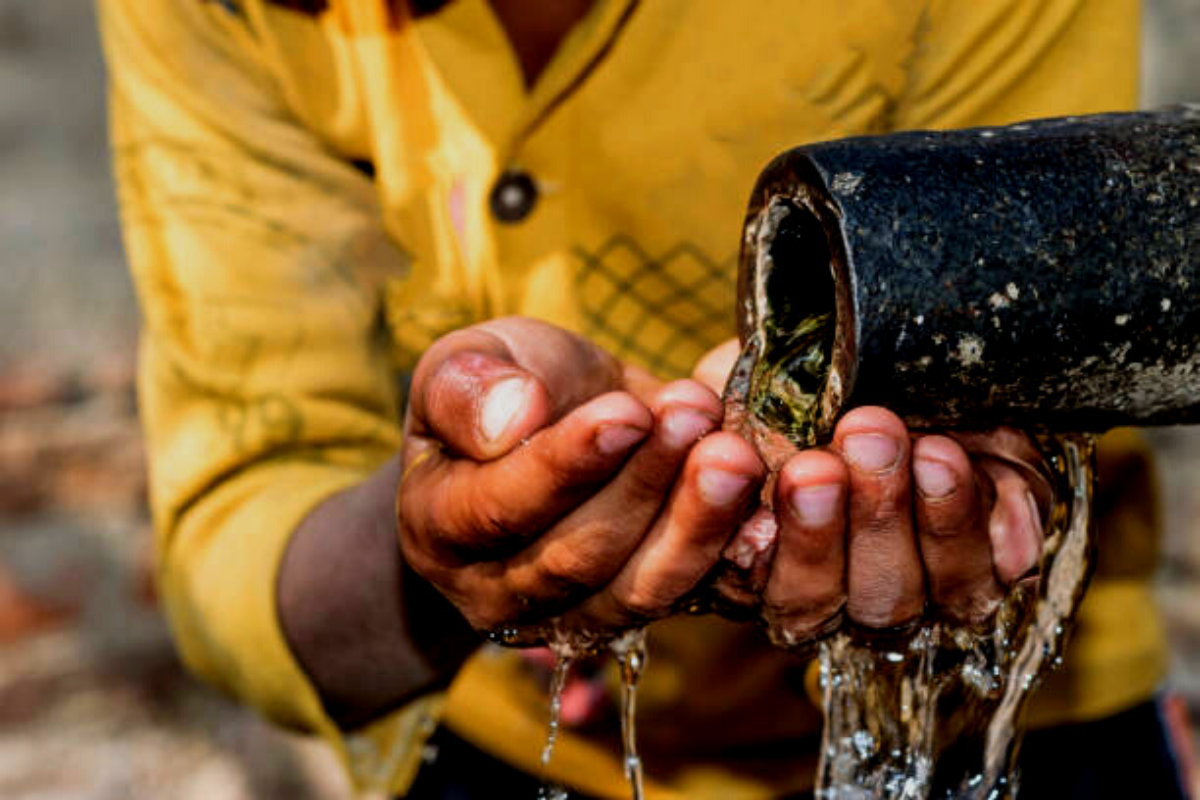Climate variability has long been a reality for many communities across the globe, but today they are being battered by fiercer and more unpredictable weather events. According to a report by the Intergovernmental Panel on Climate Change (IPCC), our climate crisis is primarily human-induced, pushing nature and human-made systems beyond their ability to adapt. The good news is that since the problem is human-caused, it can also be human solved. But our resiliency and survival depend heavily on how we manage water and sanitation. Ninety per cent of climate problems are water-related, including floods, droughts, and deteriorating water quality. Already, nearly 40 per cent of the global population, or a staggering 3.5 billion people, are highly vulnerable to their impact. That number is expected to exponentially increase over the next few decades.
Many climate-vulnerable countries have some of the lowest levels of access to water and sanitation in the world. Over two billion people worldwide, or 1 in 4, live in countries where water supply is inadequate. Half of the world’s population could be living in areas facing water scarcity by as early as 2025. The declining water supply impacts the ability of 3 in 10 people worldwide to wash their hands, which the World Health Organisation has identified as a primary line of defence against Covid-19 and another infectious diseases. In rural Cambodia, only 18.37 per cent of Cambodians have access to safe drinking water, and just over 57 per cent of urban Cambodians have access to safely managed drinking water. It also impedes water reliant sanitation systems, such as flush toilets and sewers, and drives open defecation, which is practised by 673 million people. To make matters worse, less than half of the world’s population can rely on a toilet that is connected to a system that safely manages human waste. Many people use hanging latrines or pits that empty into rivers or lakes, contaminating water sources used for drinking, cooking and cleaning. This can have severe impacts on human health by causing outbreaks of water and vector-borne diseases. Already at least two billion people globally use contaminated drinking water, putting them at risk of contracting cholera, dysentery, typhoid and polio, which places costly strains on national health systems. In Cambodia, 25.45 per cent of the rural population is still practising open defecation. Human waste left outside and untreated also produces methane and nitrous oxide – harmful greenhouse gas emissions which contribute to global warming. Capturing those emissions through strategic sanitation management can provide a renewable energy source, turning treatment facilities into net “Zero Energy” users, which can even produce enough excess energy to service nearby businesses or homes. Recycling wastewater can also reduce critical water shortages. Yet nearly 80 per cent flows into our ecosystems untreated. For example, extreme weather events like heavy rains and floods can overwhelm underprepared sanitation systems, spilling billions of gallons of sewage into local waterways as well as our oceans, posing a public health risk and destroying vital ecosystems.
Advertisement











